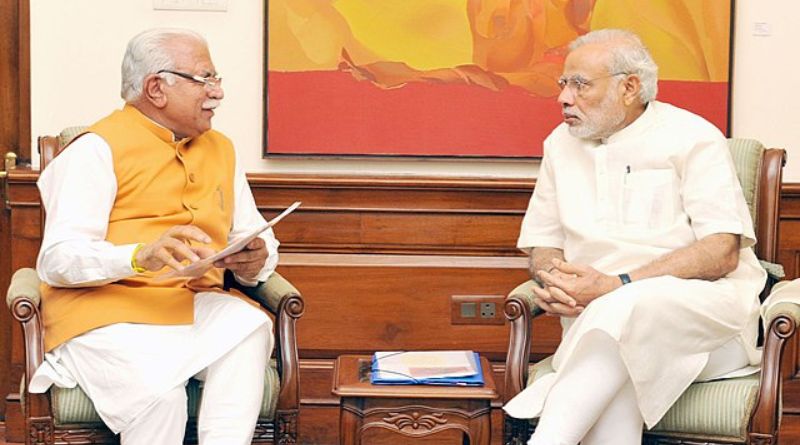
In a surprising turn of events, Haryana Chief Minister Manohar Lal Khattar, along with his Cabinet, submitted their resignations to Governor Bandaru Dattatreyar on March 12, marking a crucial moment in the political landscape of the state. Let’s delve into the intricacies of this development and understand the factors leading to this decision.
Speculations and Political Turmoil
The political arena in Haryana has been buzzing with speculation about the potential breakdown of the BJP-JJP alliance. The Chief Minister and his Cabinet reached the Governor House in Chandigarh, heightening suspicions of discord within the alliance. Reports suggest that the rift stems from disagreements over seat sharing for both the upcoming Lok Sabha and Assembly elections.
BJP’s Emergency Meeting
Responding to the escalating situation, the BJP swiftly called for a meeting of its MLAs, indicating a need for internal discussions to address the alliance’s challenges. The outcome of this meeting could significantly shape the political landscape in Haryana.
Independent MLAs Speak Out
Adding to the complexity of the situation, Independent MLA Nayan Pal Rawat voiced concerns about the alliance’s stability. Rawat claimed to have met Chief Minister Khattar, expressing his support for the current government. Despite rumors of an impending breakup, Rawat hinted at efforts by Independent MLAs to ensure the survival of the Khattar-led government.
Support and Uncertainty
Independent MLA Dharampal Gonder echoed Rawat’s sentiments, emphasizing the backing of Independent MLAs for the BJP-led government. Meanwhile, Haryana Lokhit Party (HLP) MLA Gopal Kanda suggested that while the alliance might be at a breaking point, the BJP has the potential to secure all 10 Lok Sabha seats independently. The situation remains uncertain, with further discussions expected to determine the future course of action.
Assembly Composition and Alliances
In the 90-member Haryana Assembly, the BJP holds 41 seats and enjoys the support of 5 Independent MLAs, along with HLP MLA Gopal Kanda. The numbers play a crucial role in understanding the political dynamics and the potential impact of the alliance’s dissolution on the state’s governance.
JJP’s Meeting and Deputy Chief Minister’s Actions
Simultaneously, the Jannayak Janta Party (JJP) called for a meeting in Delhi, with discussions taking place at the residence of Haryana Deputy Chief Minister Dushyant Chautala. Sources suggest that Chautala returned the government carcade, a symbolic gesture indicating a possible break in the alliance.
Recent Political Moves
Recent political shifts, such as Brijendra Singh, the former BJP MP from Hisar, joining the Congress, further complicate the landscape. Singh’s move adds an interesting dimension to the unfolding scenario, highlighting the evolving dynamics within the political parties in Haryana.
Lok Sabha Elections and Future Outlook
As the political drama unfolds, the looming Lok Sabha elections scheduled between April and May this year add urgency to the need for political stability. The BJP’s previous dominance in the 2019 Lok Sabha elections, winning all 10 parliamentary seats, contrasts with the challenges faced by the JJP, which contested in alliance with AAP but struggled on 7 out of the 10 seats it contested.
In conclusion, the resignation of Haryana CM Khattar and his Cabinet signals a pivotal moment in the state’s politics. The unfolding events, meetings, and statements from key players will undoubtedly shape the course of Haryana’s political landscape in the days to come. The people of Haryana now await the resolution of these tensions and the emergence of a clear path forward.



